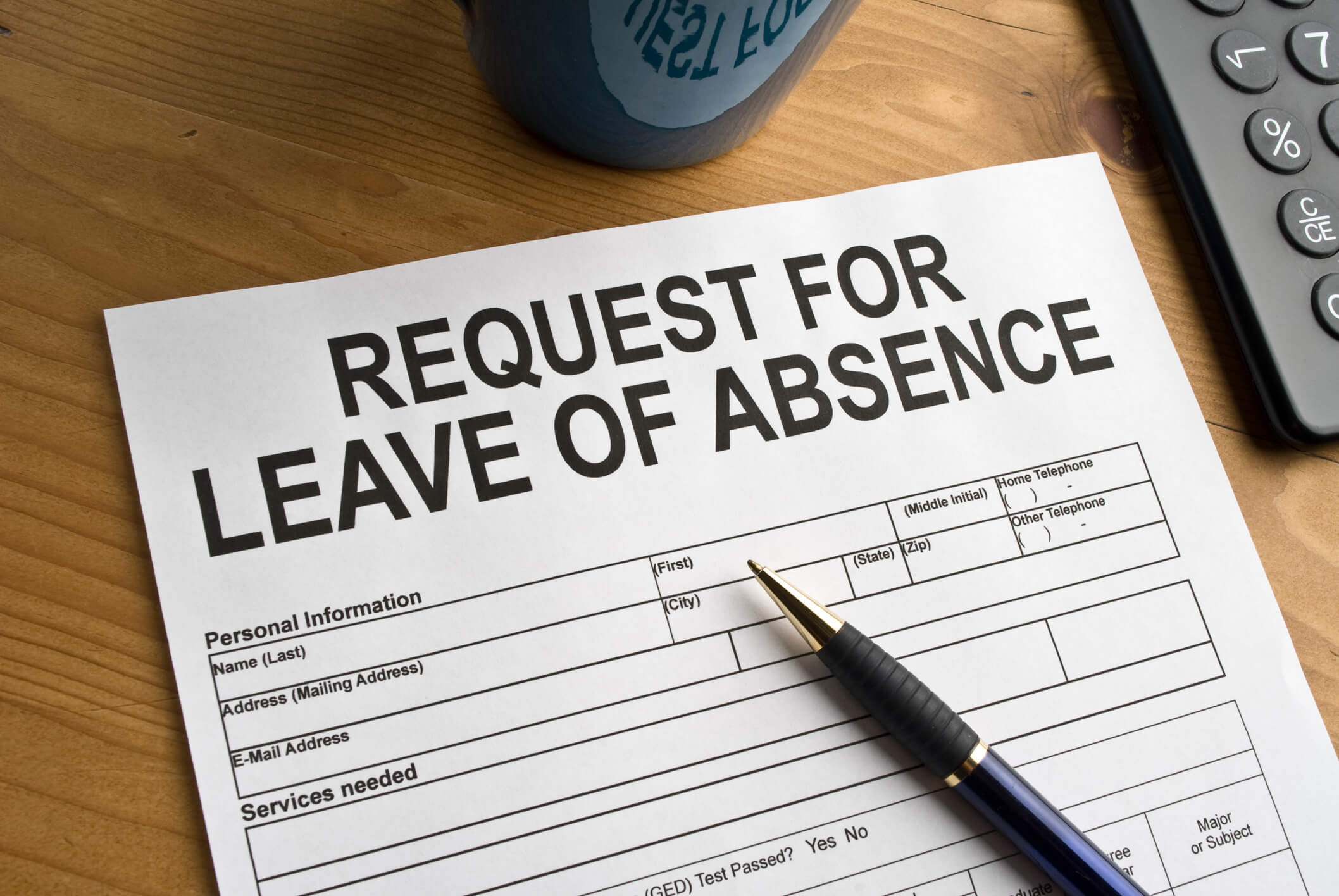On November 8, 2016, voters across the country will cast their votes for president and vote in state and local elections. In New York, employers should ensure that they comply with New York’s voting leave law. Under N.Y. Election Law § 3-110(1), employers must provide their employees with “sufficient time” for “any election” so that employees may vote. Pursuant to N.Y. Election Law § 3-110(2), employers are not required to provide leave if an employee has four consecutive hours to vote either from the opening of the polls to the beginning of his or her work shift, or if the employee has sufficient time between the end of a working shift and the closing of the polls. In New York State, polls are open between 6:00 a.m. and 9:00 p.m. EST for general elections. For employees that do not have sufficient time to vote during their normal workday, New York’s voting leave law further requires that employers provide up to two hours of paid leave to vote—at either the beginning or the end of an employee’s shift. However, under N.Y. Election Law § 3-110(3), employees seeking paid leave must notify their employers between 2 to 10 working days prior to the election, or from October 25 to November 4, 2016 for the upcoming election.
Employers also should be mindful that New York law requires the posting of a notice at least 10 working days prior to “every election.” The New York State Board of Elections’ sample poster can be found on its website. New York law requires that every employer post this notice “conspicuously in the place of work,” and it must remain in place until the close of the polls on November 8, 2016. Given that New York law broadly requires this posting prior to “every election,” including primaries and off-year elections, New York employers may wish to include the election leave posting as part of their ongoing compliance posters.



